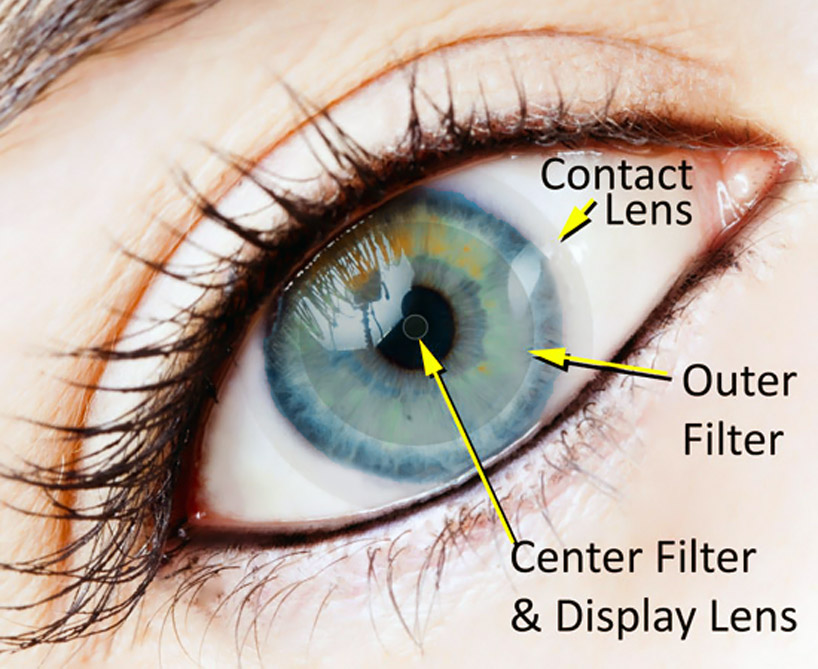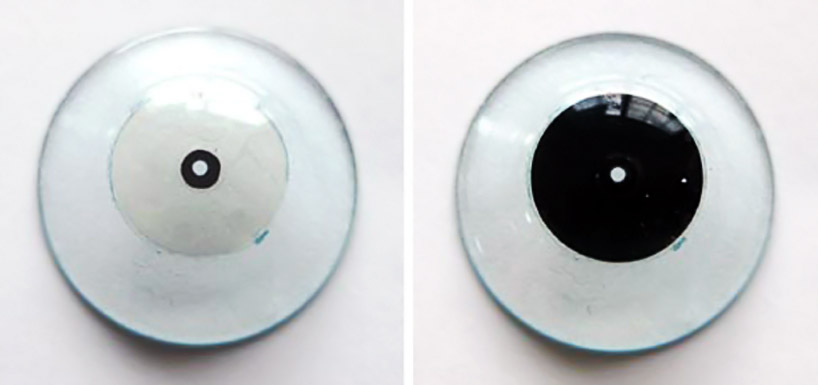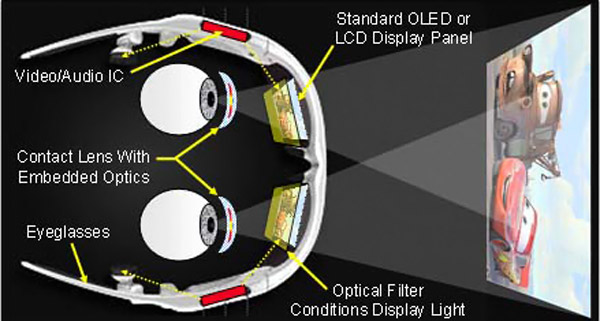KEEP UP WITH OUR DAILY AND WEEKLY NEWSLETTERS
each model starts with an air-cooled beetle from the '60s to '80s, then the design team strips everything off the vehicle.
connections: +1250
from may 23rd, the tower is open every day for guided tours, while the shows begin in july 2025.
developed by tomasz patan, the mastermind behind Jetson ONE, the personal hoverbike levitates and glides in the air with ease.
connections: +300
explore the series of high-tech toys and devices designed with modern features for adults.

 the lens uses polarizing filters to separate high-intensity, nearby display light from ambient light. these photos, taken of the same contact lens, showcase the way the lens treats ambient light (left) and display light (right), a function that ‘iOptik’ when used with VR technology performs simultaneously
the lens uses polarizing filters to separate high-intensity, nearby display light from ambient light. these photos, taken of the same contact lens, showcase the way the lens treats ambient light (left) and display light (right), a function that ‘iOptik’ when used with VR technology performs simultaneously test study: (left) the camera, like a human eye, can normally focus on either far away (shown here) or nearby input but not both (right): the camera outfitted with a flat ‘iOptik’ lens can simultaneously focus on both displays
test study: (left) the camera, like a human eye, can normally focus on either far away (shown here) or nearby input but not both (right): the camera outfitted with a flat ‘iOptik’ lens can simultaneously focus on both displays composition of ‘iOptik’
composition of ‘iOptik’ concept sketch of the lenses in use with VR sunglasses
concept sketch of the lenses in use with VR sunglasses
